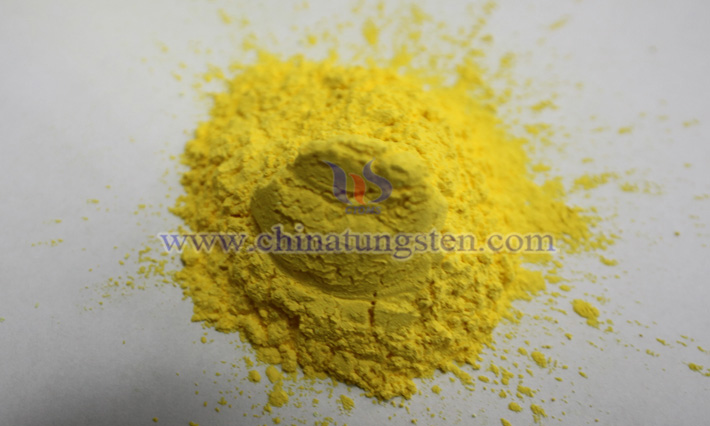Molybdenum Improves the Photocatalytic Properties of Tungsten Trioxide
- Details
- Category: Tungsten's News
- Published on Friday, 18 April 2025 11:17
- Hits: 273
Researchers from Fuzhou University have made a breakthrough in the field of photocatalysis. They innovatively adopted the method of doping molybdenum (Mo) into the lattice of tungsten trioxide (WO₃), which significantly improved the photocatalytic performance of tungsten trioxide.

In the field of photocatalysis, photocatalysts with abundant oxygen vacancies have attracted much attention. With their excellent oxygen activation ability, such photocatalysts can efficiently activate oxygen molecules, making them more likely to participate in chemical reactions. At the same time, their outstanding charge separation characteristics significantly enhance the separation efficiency of electrons and holes in photocatalytic reactions, providing more favorable conditions for many chemical reactions. In the important reaction of the direct oxidation of benzene to phenol with the participation of oxygen, such photocatalysts have shown significantly enhanced catalytic activity, and are expected to provide a new technical route for the green and efficient synthesis of phenol.
However, metal oxide photocatalysts represented by tungsten trioxide face a thorny problem. In the actual photocatalytic reaction process, although the oxygen vacancies on the surface of metal oxides such as WO₃ can actively promote the reaction, these oxygen vacancies are extremely easily repaired by the oxygen-containing reactants or reaction intermediates in the reaction system. Once this happens, the number of oxygen vacancies will decrease sharply, resulting in a significant decline in the catalytic activity of the photocatalyst, and even irreversible deactivation, which severely limits its practical application in industrial production.

In view of this, researchers from Fuzhou University successfully prepared molybdenum-doped tungsten trioxide. When molybdenum atoms successfully enter the lattice of tungsten trioxide, wonderful changes occur. Theoretically, the doping of molybdenum effectively reduces the energy barrier for the formation of oxygen vacancies. During the photocatalytic reaction process, this change promotes the in-situ dynamic generation of more abundant photo-induced oxygen vacancies on the surface of WO₃. These photo-induced oxygen vacancies promoted by molybdenum play a crucial role.
Under actual working conditions, the researchers can ensure that the tungsten trioxide photocatalyst always maintains a sufficient concentration of oxygen vacancies, thus significantly improving the photocatalytic performance. It is particularly worth mentioning that in the reaction of the aerobic oxidation of benzene to phenol, the durability of this catalyst has been greatly enhanced. This discovery is of great significance, as it provides a direct and effective strategy to overcome the long-standing problem of oxygen vacancy healing in the field of photocatalysis. It enables oxygen-vacancy-rich photocatalysts to operate stably and sustainably even in complex redox reactions involving O₂, opening up broad possible paths for photocatalytic technology in emerging application fields, such as fine chemical synthesis and environmental pollutant degradation.
- Chinatungsten Online: www.chinatungsten.com
- CTIA GROUP LTD: en.ctia.group
- Tungsten News & Price: www.ctia.com.cn
- Molybdenum News & Price: news.molybdenum.com.cn
- Tel.: 86 592 5129696; Email: sales@chinatungsten.com



 sales@chinatungsten.com
sales@chinatungsten.com